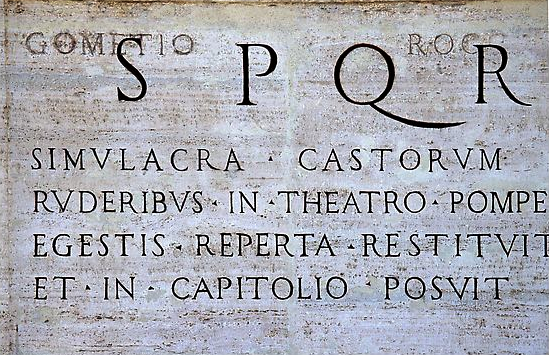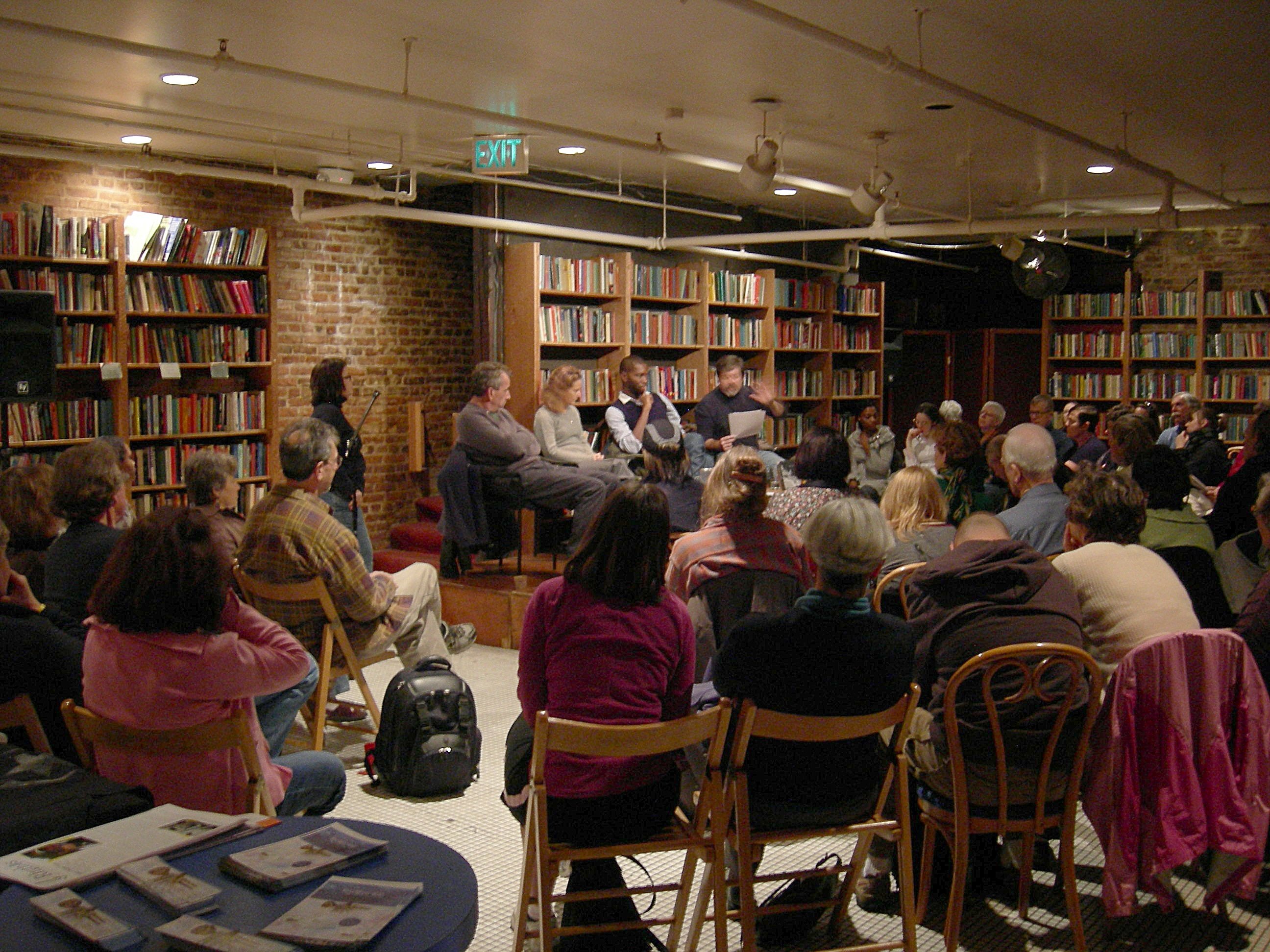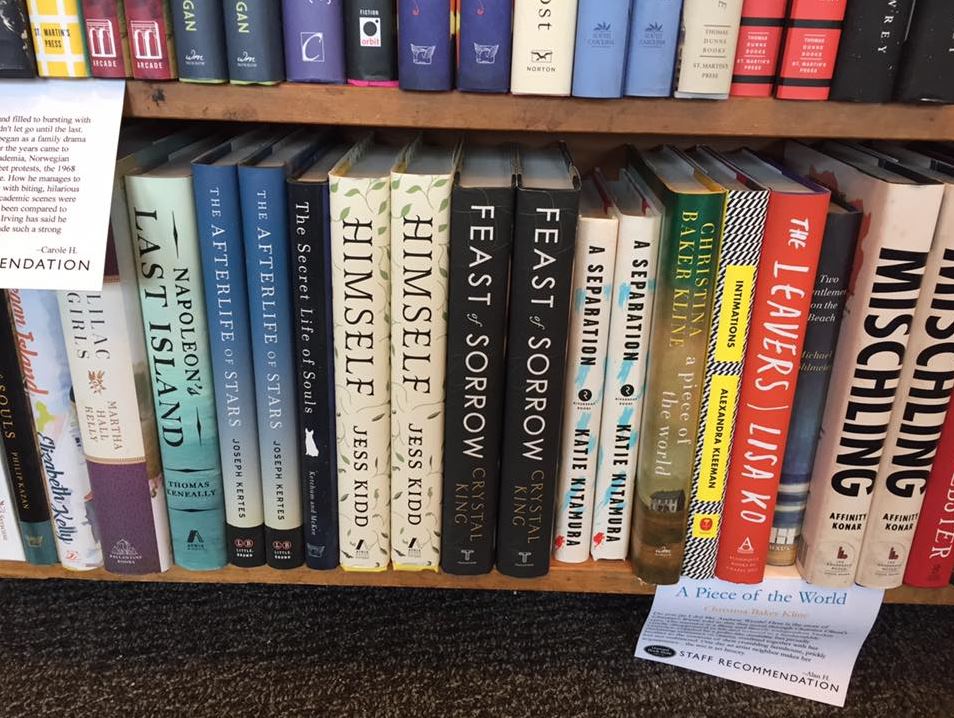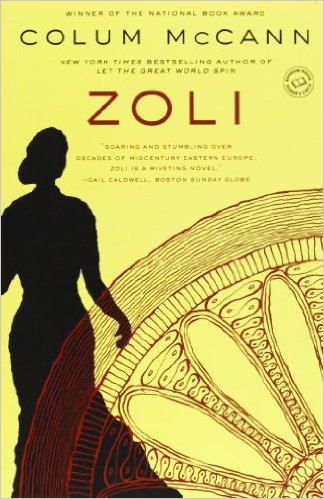As part of my research for my book, The Secret Chef, I'm trying to learn as much as I can about the various palazzos of Rome. I want to understand everything I can about them, from the families that built them and lived in them, to how the rooms were structured, where the servants might have lived and how they worked within the palazzo. When I return to Rome later this year, I'm looking forward to finally seeing the Palazzo Farnese, one of the most magnificent palaces of that era. It's now the French Embassy so access is limited. Currently, they only have one tour in English each week, on Wednesdays at 5PM. I'm hoping I can find a docent or historian to speak with when I'm there to give me a deeper understanding of the workings of that palazzo, but possibly others in the area, such as the Barberini, Medici, Farnese, and Colonna. For a peek of what I hope to see up close on the Farnese tour, check out the video below.


.jpeg)

















